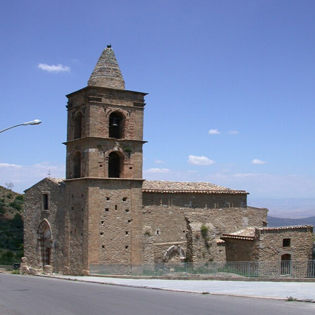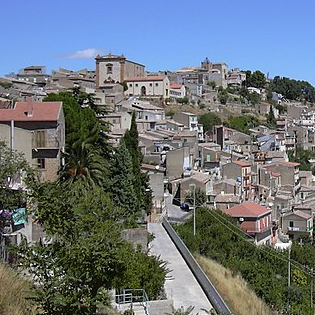Archaeological Area of Morgantina

philippe.hemmel - CC2.0
GPS: 37.42907905677,14.476097419116
Largo Torres, 1 - Aidone (EN) WebsiteThe Archaeological Area of Morgantina develops on a hill in the Erei mountains and dominates the Gornalunga river and the valley below from above. The area, inhabited since the protohistoric era, is a rare case in Sicily of an abandoned city and therefore has not undergone transformations due to the continuity of life. The city was in fact abandoned in the 1st century AD.
The area has two nuclei of great interest: the acropolis of the Citadel and the district of Serra Orlando which was site of a new urban settlement, built after the destruction of the city in 459 BC at the hands of the Sicilian leader Ducezio.
The acropolis of the citadel , located at the eastern end of the site, represents the oldest part of the city which was destroyed in 459 BC. he area developed the first inhabited settlement and the archaic Greek acropolis. There are traces of huts from the Castelluccio period, the ancient Bronze Age. On these remains he developed, around 560 BC, the city nucleus built by the Chalcidians of Catania. Of this city nucleus, part of the walls remain, some shrines of worship, a public area, and a necropolis with chamber-type tombs. Not far away are the remains of the ancient thesmophoric sanctuary of Demeter and Kore.
In the area of Contrada Serra Orlando the new town built following the destruction of the acropolis in 459 BC. The area has several impressive monuments whose remains can all be dated from the third century BC: the agora , with the east stoài and West; the gymnasium; the pritaneion; the bouleuterion; the theater and the ekklesiasterion; two thermal buildings whose vaulted roof of the northern baths is supposed to be linked to the name of Archimedes. The area is completed by the remains of two public granaries, the monumental fountain built in the east stoà and a series of private peristyle houses, including the so-called Casa del Ganymede , so called due to the presence of a figured mosaic of Ganymede from the third century BC, one of the oldest in Sicily.
The city is still being excavated.
The theater periodically hosts theatrical events.


